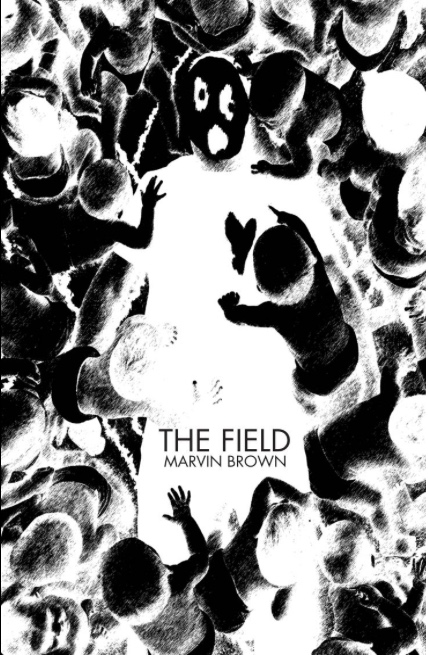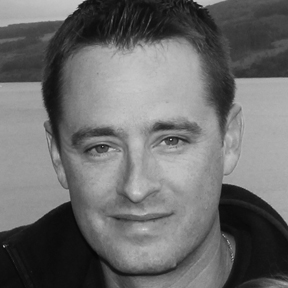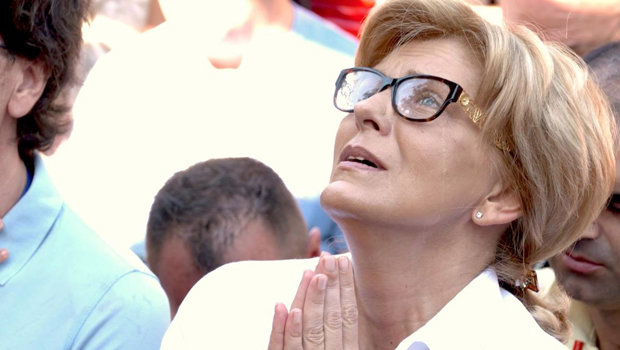3100: Run and Become (2018)
Unrated
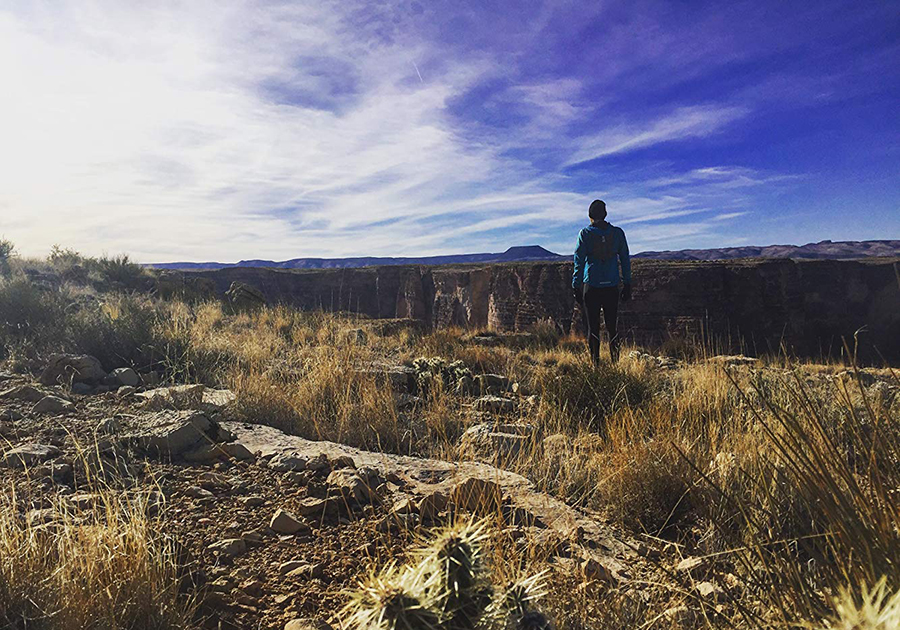
Illumine Group
We meet Finnish runner Ashprihanal Aalto in his sparse home eating Ramon noodles right out of the pot. The 45-year-old paperboy is soon to compete in New York’s Self-Transcendence 3,100 Mile race, the longest certified road race in the world. As the window for running such marathons is beginning to close for him, Aalto states his goal as using the race to become a better person. Indeed, the race is promoted as one that leaves its participants “changed.”
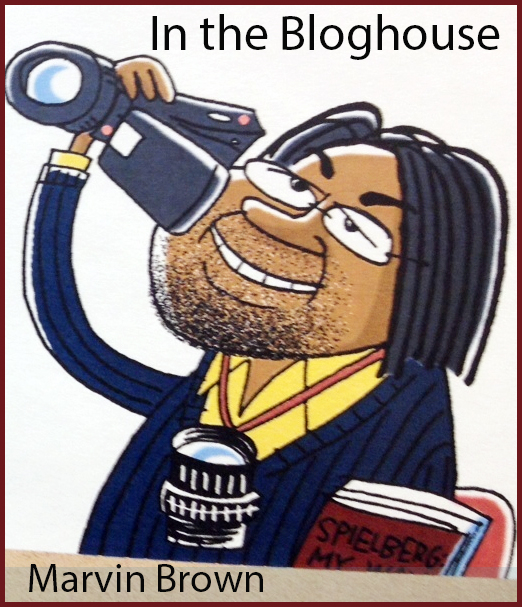 The man’s idol is famed Indian spiritualist and runner Sri Chinmoy, who saw “no barrier between spirituality and athletics.” The late Chinmoy founded the race, in its 20th year at the time of the filming.
The man’s idol is famed Indian spiritualist and runner Sri Chinmoy, who saw “no barrier between spirituality and athletics.” The late Chinmoy founded the race, in its 20th year at the time of the filming.
CHECK OUT MY INTERVIEW WITH DIRECTOR SANJAY RAWAL
The participants are an array of accomplished runners from across the global. Aalto himself is a top-ranked runner who set the record at last year’s race. Now, about this race: the runners must run 60 miles a day, for as long as 52 days, around a half-mile loop in New York, totaling 3,100 miles.
We immediately become aware of the small number of competitors, a dozen, surely a sign of how daunting this run must be. What we aren’t aware of is how Run and Become will take us beyond these city blocks, beyond this race and on a more expansive journey.
The documentary dispenses helpful factoids via screen text: volunteers provide food and medical assistance; runners must consume more than 10,000 calories daily; the race course is open from 6 a.m. to midnight each day. Chinmoy’s legacy is on vivid display. His portrait and posters can’t be missed. He’s quoted in voiceover throughout the film. Meditation is encouraged as much as staying hydrated. A volunteer choir along the route sings of “give and take,” “never quitting,” and “being brave.”
The film is essentially a day-by-day diary for some runners and a peek into some of their lives. Running’s presented as more than a hobby for these folks. It’s more of a deep dive within themselves, a meditation. Runners are seeking meaning and connection, it seems. “Pray through your feet, your breath,” they are told.
Director Sanjay Rawal’s film utilizes wonderful camera movement at ground level, sometimes in lockstep with the runners. The summer days in the city’s concrete jungle are brightly captured: trees between the sidewalks, fenced-in basketball courts, caution barricades and parked cars and buses. Later we’ll see equally impressive camerawork (by Sean Kirby) on African plains, in a Japanese temple and mountains and across exquisite Arizona deserts. Michael A. Levine’s music is understated and blends wonderfully with crosscutting between various locales; it puts the film on a grander scale.
Run and Become invites us to see the Great Good of running as the film reveals its impact across the globe.
In Africa, original tribes ran to hunt, in other words, they ran for their very survival. Bushmen connect hunting and running and spirituality. Once hunting is banned in their indigenous lands, it triggers a conflict for their way of life. Now the Bushmen feel forced to rely upon the government for survival. This is a blow not only to a way of life, but to a sense of sovereignty and dignity.
In Japan, Buddhist monks circle a mountain in search of enlightenment, undertaking a task not unlike the Self-Transcendence runners. Miles and miles of movement and prayer, totaling a seven-year challenge for monks like Ajari Mitsunaga. For Mitsunaga, the path was chosen, the hardships accepted and now he hands his wisdom down to others.
On an Arizona Navajo reservation, we learn of how thousands of Native American children were forced to attend government boarding schools. The children were taught America history that was not their own and not allow to speak their native language. A Navajo descendant Shaun Martin undertakes a ceremonial run from the school to his family’s ancestral home 110 miles away. The run honors his father and others who tried to escape the school. Again, we see a link between running and spiritually as Martin prays for strength and guidance before he proceeds.
Our star, Aalto, is a titan in an unassuming package. He looks plain, he speaks and acts plainly. It is running that defines him. He is described by an admirer as a “bird,” “tiny,” but “physically and mentally” the best for such a task. The film offers a brief and sweet moment between Aalto and his sister in which we come to understand the runner’s motivations.
The hazards of Self-Transcendence are real. We are concerned for Austrian cellist Shamita, who is known for pushing herself beyond her limits. Years ago, she barely survived a difficult marathon. Her daughter worries about the Self-Transcendence. Rightfully so. It’s difficult to watch the effects of the run overwhelm her physical—if not mental—capabilities. We see how the run takes its toll on other participants. Too exhausted to eat, physically rundown, emotionally broken. We are impressed by their commitment and concerned about what they’re doing to their bodies and minds. But they seem driven by a purpose higher than physical worries.
A masterful montage sequence links images of Japanese countryside, an African sunset and Martin’s run through the sprawling Arizona desert (drone photography is especially captivating here), while the soundtrack is filled with Shamita’s perfect cello.
A bit of suspense arrives during the final laps of the race as the gap between the top two runners narrows to a single mile. In the end there is no prize money; of course not. No one runs Self-Transcendence for financial rewards.

| Marvin Brown’s Movie Review Archive


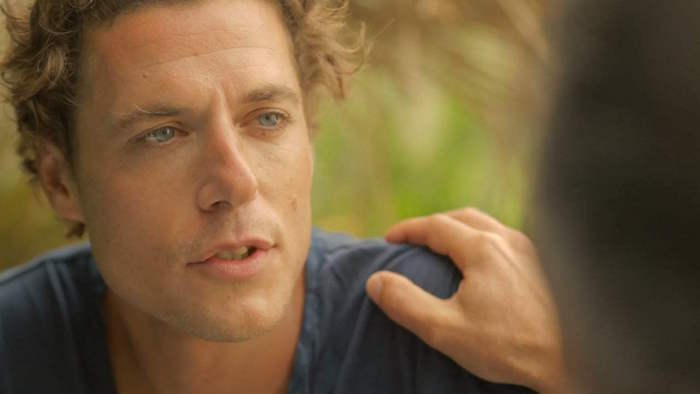
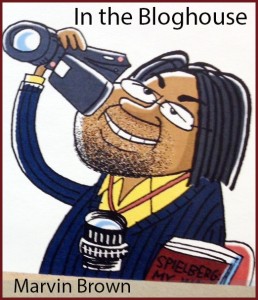 We meet Farleigh (Thure Riefenstein) and Dennis (Jon Paul Phillips) during what must be a routine house party. We sense they’ve been living this way for years: the swimming pool fetes, limitless bottle of wine and champagne, flashy name-dropping guests. The men seem tired, disconnected, and suspicious that something’s changing between them.
We meet Farleigh (Thure Riefenstein) and Dennis (Jon Paul Phillips) during what must be a routine house party. We sense they’ve been living this way for years: the swimming pool fetes, limitless bottle of wine and champagne, flashy name-dropping guests. The men seem tired, disconnected, and suspicious that something’s changing between them.
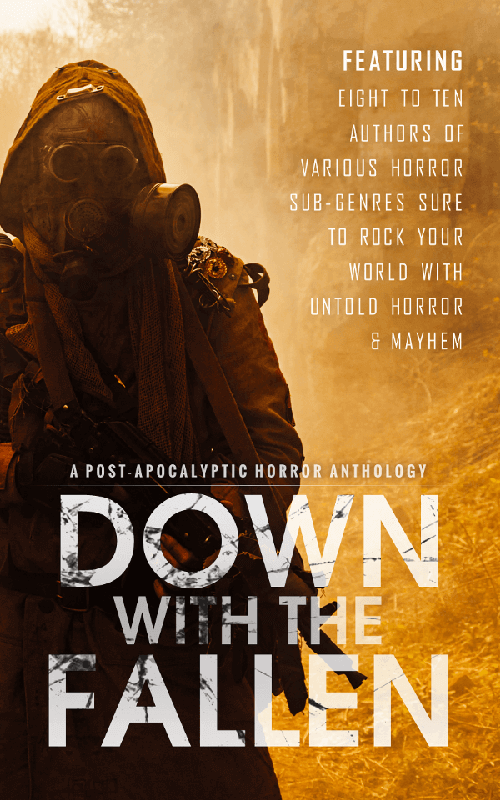
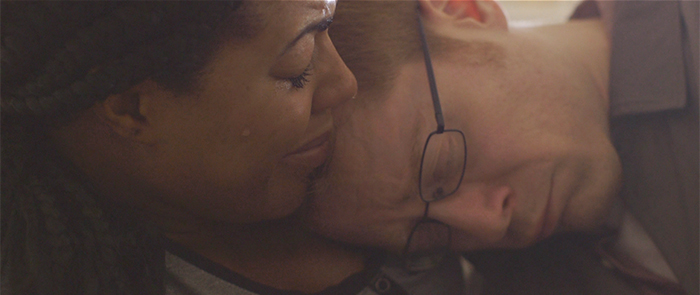
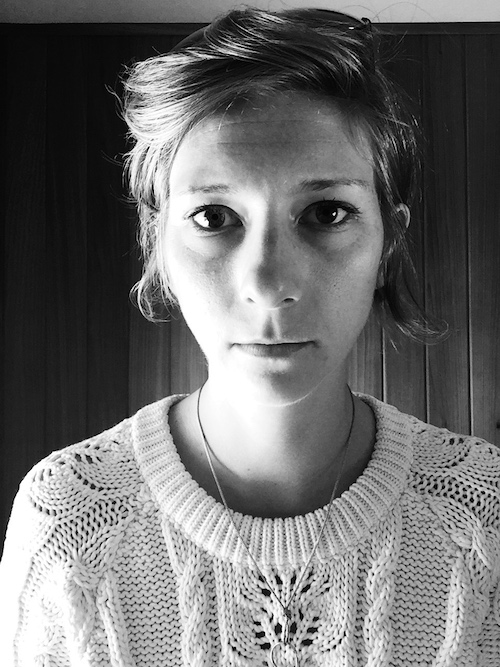
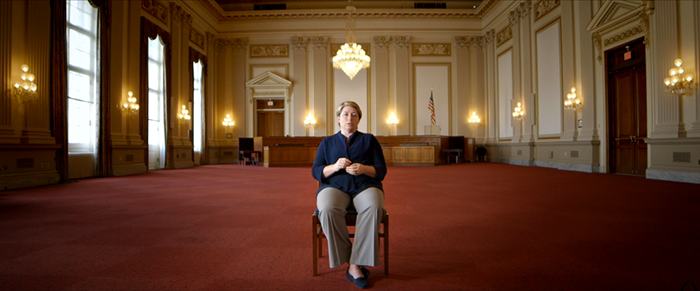
 In maintaining marvincbrown.com, we tweak as we go. And we’re taking suggestions from visitors, which also accounts for some changes.
In maintaining marvincbrown.com, we tweak as we go. And we’re taking suggestions from visitors, which also accounts for some changes.